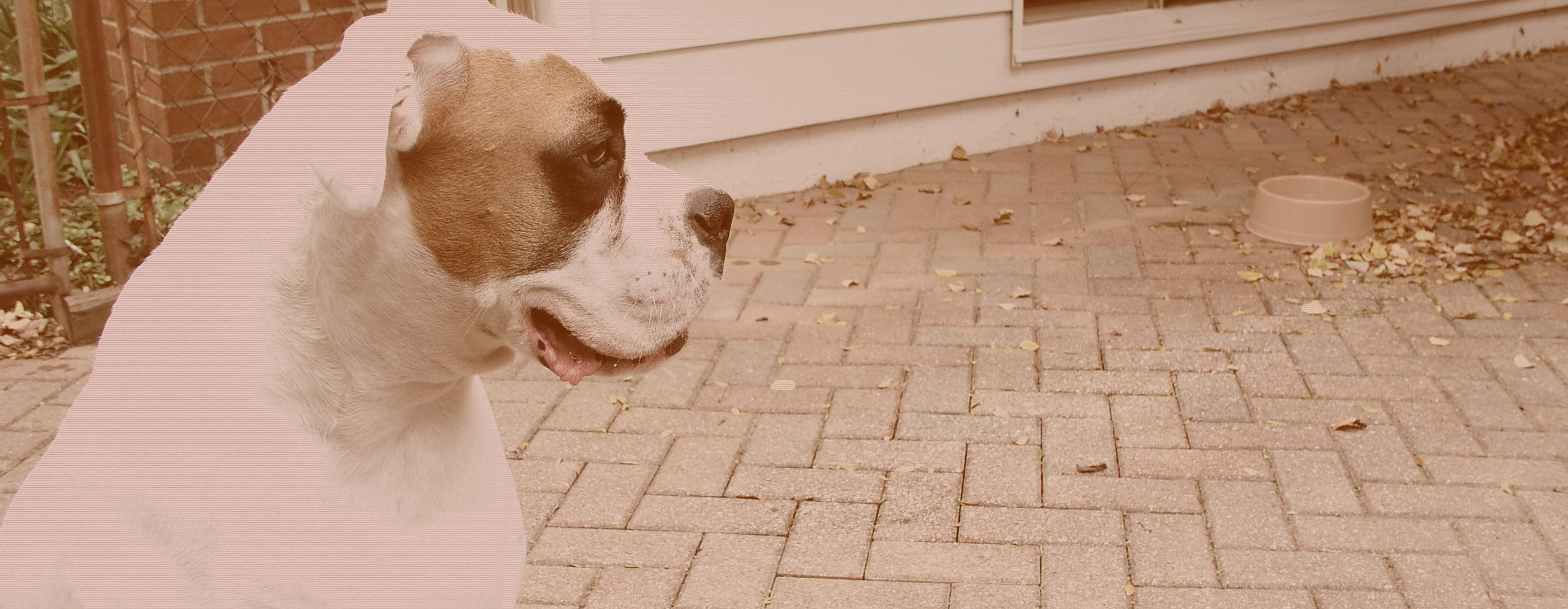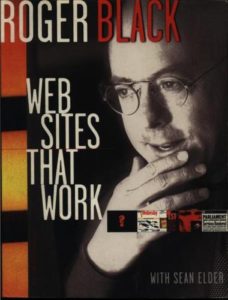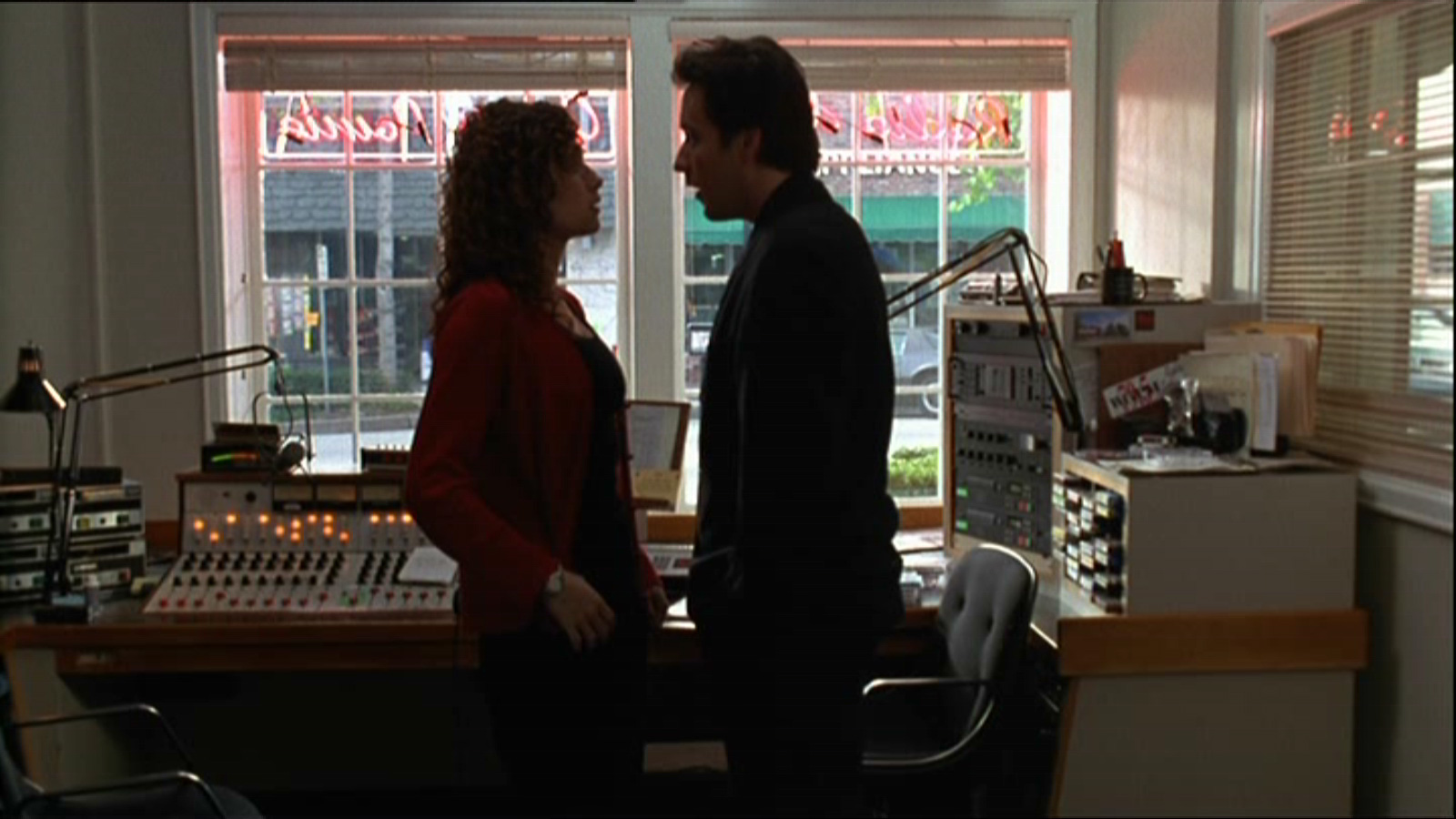In the ten years of their return to the NFL, the Cleveland Browns have been nothing short of disappointing. The vast majority, if not all, of the blame rests with the front office for poor hirings of head coaches and pitiful drafting. Awhile ago a played retroactive fantasy General Manager and redid the first five years drafts of the returning Cleveland Browns (1999-2003). Now that the 2010 NFL draft is over (and the look of real promise for the first time for the Browns 2.0 version), I got the itch to revisit my redrafts. I decided to start at 2001 this time, thinking that’s when their first head coach, Chris Palmer, was fired after two years on the job and Butch Davis was hired to replace him.
Hiring Davis fit into a long line of mistakes of the Carmen Policy-Dwight Clark regime in Cleveland, and eventually led to Clark’s resignation. Before I even tackle the draft, the head coach situation needs to be addressed first. Back when I redid the 1999 draft, I suggested a list of candidates for the head coaching job over eventual hire Chris Palmer. I think revisiting that list has merit.
Two coaches from my list, Andy Reid and Jim Haslett, are NFL head coaches by 2001. The others, Marvin Lewis, Russ Grimm and Gary Kubiak, are still NFL assistants, and still the top candidates, in my opinion, for the head coaching position for the Browns. In fact, unless he would turn the job down, I would give it to Lewis, hands down.
With a head coach in place, the next step is to look at the roster. Quite frankly, after two years of high multiple draft picks, the Browns only picked one one quality player, wide receiver Kevin Johnson. The only thing Clark did well in two years was bring in some decent free agents early on (Jamir Miller, Corey Fuller, Chris Gardocki, and Phil Dawson). The rest have been a complete waste of roster space. With that in mind, this team is in need of help in just about every key position. Fortunately, there are a handful of quality free agents that will come at a fair price and make an immediate impact. Here’s the three I would go after:
QB Brad Johnson. Johnson spent two years as the Redskins starter after seven years in Minnesota. After a Pro Bowl season in 1999, Johnson’s production dropped off and Washington let him go in lieu of signing Jeff George. Johnson signed with Tampa Bay, where he led them to a Super Bowl victory in 2002.
RB Priest Holmes. Signed by the Ravens after being undrafted in 1997, Holmes lost his starting job to Jamal Lewis in 2000, making him expendable. He signed a modest contract with Kansas City for the 2001 season, and put together three Pro Bowl seasons. A series of injures the next couple of years eventually ended his career.
DE Simeon Rice. Drafted in 1996 by the Arizona Cardinals, Rice never lived up to expectations. He signed with Tampa Bay and produced five straight years of 11-plus sacks, and was a member of the 2002 Super Bowl team. He was a teammate of LB Jamir Miller in Arizona as well.
OLB Mike Vrabel. Vrabel had a decent four-year career with the Steelers, the team that drafted him in 1997. However, he couldn’t crack the starting lineup and signed with New England, where he not only became a key starter, but also won three Super Bowls. Being from Akron, OH and playing at Ohio State, Vrabel would jump at the chance to play for the Browns.
With those four free agents in place, some major holes are filled. There are also a couple of players I would make an attempt to trade for, assuming I would be able to trade existing players and/or low draft picks in exchange for them instead of high draft picks. The two players I think I would have the best shot of gaining are defensive tackle Pat Williams of Buffalo and quarterback Tom Brady of New England. To obtain Brady, I would also offer a swapping of first round picks with the Patriots, allowing them to move up from the sixth spot to the third. This now sets me up for the draft:
2001 Draft
I’m not going to review the actual 2001 picks of the Browns. You can read about that at my previous redraft. What I’m going to focus on is who I would take and when in this draft to rebuild the Browns into a competitive team. My draft-day trades are based on actual 2001 draft trades that were similar, or inferior to what I propose.
Cleveland had eight picks in 2001, one in each of the first six rounds and two in the seventh. The 2001 draft class ended up being a very talented crop of players, so my goal is to amass some additional picks. We’ll break this down round-by-round:
Round 1: Pick 3
If I’m going to gain additional picks this draft, it will have to come about by either trading additional players or by moving down. Not knowing the trade value of the roster at the time, let’s go down the path of sliding back in the draft. Depending if the trade with New England happened, I would slide down from third to sixth in the first round, and also gain my quarterback of the future in Tom Brady.
I would try to slide down even further. San Francisco moved up from nine to seven in a trade with Seattle. I would offer to swap instead (either from the 3 or 6 spot), gaining a third round pick (number 82) in the process. Because of the big jump, I would also ask for a seventh round pick as well (number 205).
Tampa also moved up from 21 to 14 in a trade with Buffalo. I would swap instead, moving from 9 to 21, and gaining a second round pick in the process (number 51).
Finally, The Giants jumped from 30 to 22 and also giving up third (number 91) and sixth (number 193) round picks. I’ll swap, putting them one spot higher, and gaining third and sixth round picks.
That would put me in the next to last spot in the first round, while gaining five additional picks. Here’s where the trade with New England for Tom Brady plays out. If I do gain Brady, I select DT Kris Jenkins. If not, I pick QB Drew Brees.
Round 2: Picks 33 and 51 (from Tampa)
Round two is where things get complicated depending on what transpired with player trades before the draft. The defensive line is in serious need of help. Signing DE Rice is one part of it. Trading for DT Williams is another. Drafting Jenkins is a third. Where he gets drafted is the question. It all depends if I trade for Brady and select Jenkins with the 30th overall pick. Here are the two scenarios:
1. Trade for Brady and select Jenkins in the first round
This frees me up to move down even further in the second round and still get the players I want. First I trade the 33rd pick to Indianapolis for their 2nd round pick (number 52) and 3rd round pick (number 81). I would trade down further with Miami, giving them the 52nd pick I got from the Colts for the 56th pick in the second round and the 122th pick in the fourth round.
I would also trade down with Denver, giving them the 51th pick I obtained from Tampa for the Bronco’s second round pick (number 58) and fourth round pick (number 110).
With the 56th and 58th picks in the second round, I would select DE Derrick Burgess and SS Adrian Wilson.
2. Select Drew Brees in the first round
Brees solves my long-term quarterback problem the same way trading for Tom Brady would. However, to get Kris Jenkins, I need to use the 33rd pick to select him instead of trading down. That leaves me with only the 51st selection in the second, so I need to choose either Burgess or Wilson, or somehow acquire another second round pick. I would still make the trade with Denver as stated in option one, put I don’t gain the additional third and fourth round selections from the earlier trades with the 33rd pick.
I do, however, have three picks in the third round (76, 82, 91), with the latter two coming in trades from the first round. Detroit moved back into the second round by gaining the Giants pick (61) for their third (78) and fourth (114). I would beat them to the punch in giving up both additional third rounders (82 and 91) for the Giants pick at 61. Then with the 58th and 61st picks, I can still grab Burgess and Wilson.
Round 3: 65 (and possibly 82 and 91)
With the 65th pick, I would select WR Steve Smith.
If I still have the 82nd and 91st picks from the first scenario in round two, I use the 82nd pick on CB Anthony Henry and trade the 91st to the Patriots for their fourth (number 112) and fifth (number 139) round picks.
Round 4: 97 and 110 (from Denver)
Regardless of the two scenarios at the beginning of the draft, I would have at least two picks in the fourth. Those picks would go to rebuild an aging and fragile offensive line. With the 97th pick, I would take OT Ryan Diem, and with the 110th pick, OT/OG Floyd Womack.
If I also have the 112th and 122nd picks from scenario one, I would draft RB Correll Buckhalter and OG Russ Hochstein.
Round 5: 134
I would select OLB Jason Glenn. Simple.
Round 6: 165 and 193 (from San Francisco)
With the 165th pick, I would take WR T.J. Houshmandzadeh, and with the 193th, ILB/MLB Antonio Pierce.
Round 7: 203, 205 (from Tampa Bay), 235
With three picks in the seventh round, these would all go toward previously undrafted players: CB Nick Harper, OG Stephen Neal, and SS Ifeanyi Ohalete.
Summary
In comparing it to my original 2001 redraft, a lot of the same player show up (Jenkins, Burgess, Smith, Womack, Houshmandzadeh, Pierce, etc.). What is interestingly different is that I don’t stay put to select Tomlinson with the first pick like I did previously. The reason for this is that after the 1999 and 2000 drafts, I had some key pieces in place on the offensive line, quarterback, and defensive front seven. Those needed to be addressed in this draft, especially the offensive line. I was also able to deal with the running game issue by getting Priest Holmes in free agency, which I could likely do in my other draft scenario as well.
Without the luxury of having two solid drafts to build on, this time I’m basically starting with the cupboard bare. I am able to address on offense the quarterback situation, both short-term (Johnson) and long-term (Brady or Brees), the running game (Holmes), receivers (Smith and Houshmandzadeh), and offensive line (Diem, Womack, Neal and possibly Hochstein). That’s a major makeover (and major improvement) to the offense that the Browns fielded in 2001.
One defense, I turned every area from a weakness to a strength. The front line now has Jenkins, Rice and Burgess, and possibly Williams. The linebacking corp gains Vrabel and Pierce, and the secondary gains Wilson and Harper, with some help from Ohalete and possibly Henry.
Its amazing how one draft can completely remake a team from a joke to a potential contender.




